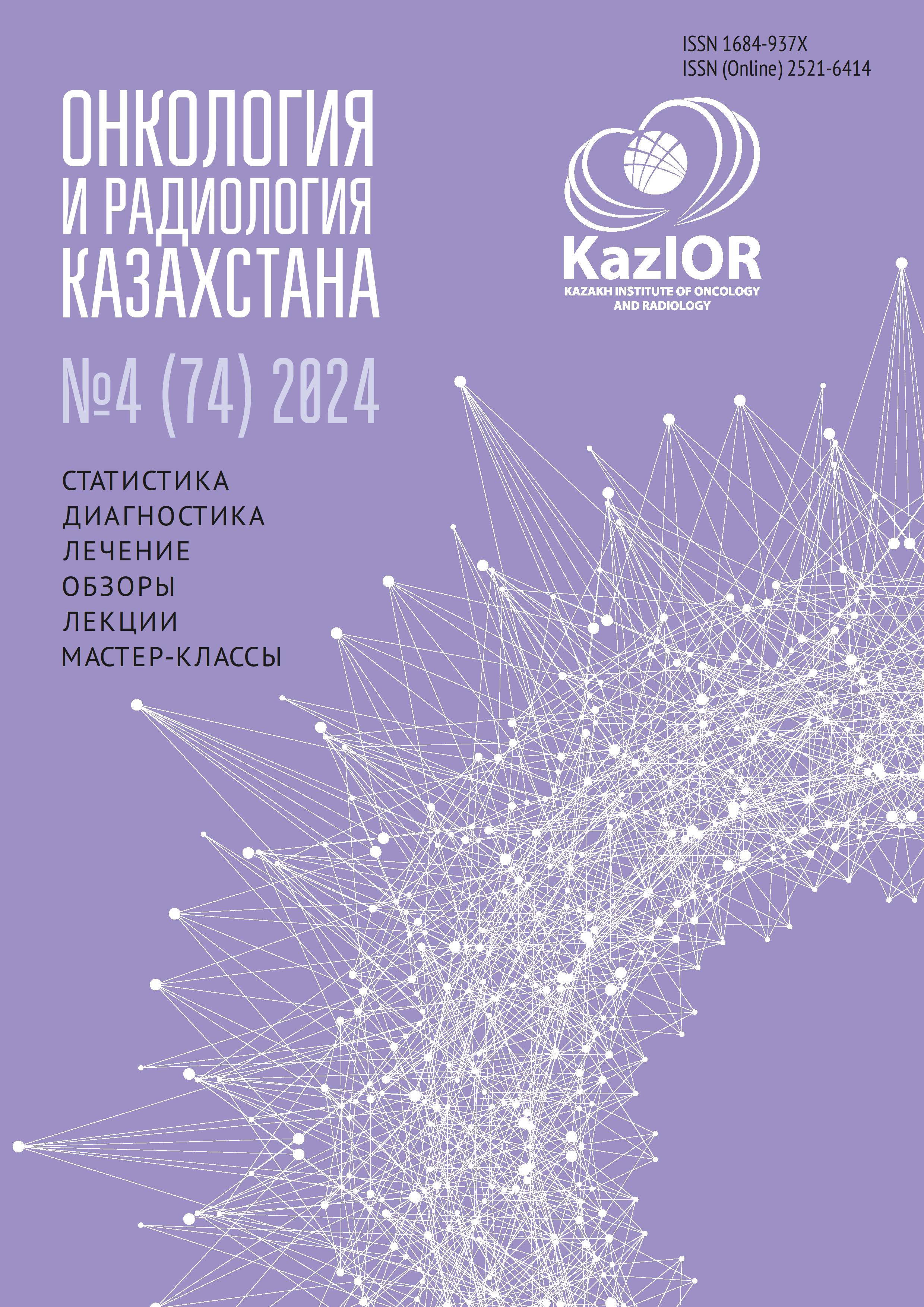Efficiency of endoscopic examinations under sedation: experience of the National Research Oncology Center (Astana, Kazakhstan)
DOI:
https://doi.org/10.52532/2521-6414-2024-4-74-293Keywords:
endoscopy, sedation, analgesia, polyp, colorectal cancerAbstract
Relevance: The purpose of sedation during endoscopic procedures is to reduce patient discomfort, including anxiety and pain, while maintaining a minimum frequency of side effects associated with taking medications.
The study aimed to investigate the effectiveness of sedation in endoscopic examinations at the National Scientific Oncology Center (NSOC, Astana, Kazakhstan) in 2023, determine the effect of sedatives on the quality of colonoscopy, and provide more theoretical evidence for the clinical use of sedatives.
Methods: In 2023, sedation for endoscopic examinations at the outpatient stage was available in 11 clinics in Astana. A retrospective analysis of endoscopic studies under sedation and without sedation conducted in the conditions of the endoscopic department of the National Research Cancer Center (Astana, Kazakhstan) for 2023 was carried out.
Results: The total number of endoscopic examinations in Astana in 2023 is 56,143, of which 10,651 studies were conducted under sedation with propofol. The average cost of sedation in Astana is 18,600 tenge, the minimum cost is 13 thousand tenge, and the maximum reaches 32 thousand tenge. The minimum number of sedations during endoscopic examinations in 2023 in Astana was 312; the maximum was 4,593.In 2023, 2 cases of colon perforation were recorded during colonoscopy under propofol sedation; both cases occurred in private centers, and patients were urgently operated with colostomy removal.
In a single–center study of the results of performed colonoscopies without sedation and with sedation in the conditions of the NROC, the number of detected malignancies during sedative colonoscopy was 3% higher, and the number of identified polyps was 0.3% more than with non-sedative, which, as a result, improves the quality of screening colonoscopy as a whole.
Conclusion: The increased use of sedation at the outpatient level will have a positive impact on the quality of esophagogastroduodenoscopy and screening colonoscopy, which means that it will increase the incidence of early forms of stomach and intestinal cancer. Given the data on sedation during endoscopic examinations in the city's clinics, it is safe to say that there is a good growth potential for the widespread introduction of sedation.

